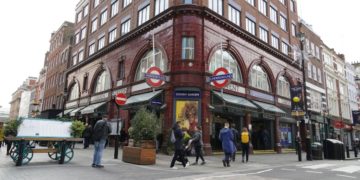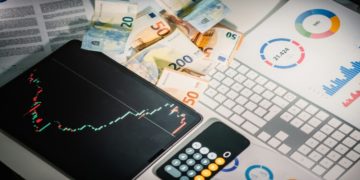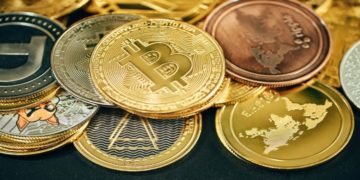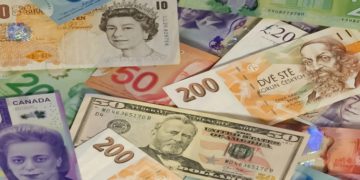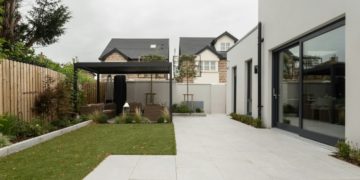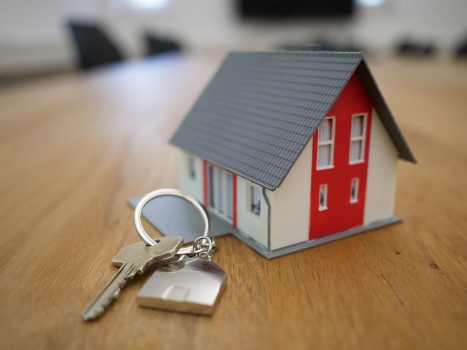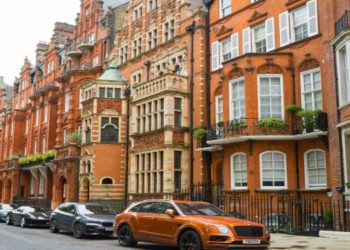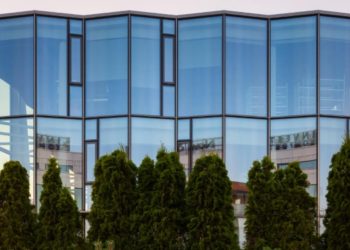For more than two decades, Dubai has operated as a laboratory for large-scale urban ambition. From the Palm Jumeirah to Downtown Dubai, the city has tested how architecture, tourism, and real estate can merge into one economic engine. Now, a new phase of this evolution is unfolding across the northern shoreline. The Dubai Island Nakheel development, part of a $17-billion master plan, represents not only another addition to the skyline but a shift in how property investment is defined. Its focus is no longer just on building space to sell, but on creating long-term value through integrated environments that combine residential, cultural, and hospitality assets.
Alongside the island’s expansion, a new generation of developments, including Villa del Brunello, Bay Grove Residences, Ellington Cove, and other projects, is shaping the tone of Dubai’s coastal market. These projects, led by different developers but sharing a common ethos, reflect the city’s transition from speculative growth to managed maturity. For international investors, especially those observing the Gulf from London, Frankfurt, or Singapore, Dubai’s real estate landscape in 2025 looks both more sophisticated and more stable than ever before.
A Market Maturing Beyond Spectacle
Dubai’s real estate story has often been told through superlatives. The tallest tower, the largest mall, the most ambitious man-made island. But investors have grown more analytical — they now measure strength not by height but by resilience. The strategy behind Dubai Island Nakheel demonstrates this evolution. The project combines freehold ownership, sustainable infrastructure, and controlled phasing — factors designed to stabilise returns and protect asset value over time.
While early Dubai markets were dominated by off-plan speculation, the current wave of investment is data-driven. Pricing follows infrastructure rather than hype, and demand is underpinned by real residents rather than transient buyers. In short, the emirate’s coastal expansion is not just about scale, but about system.
Investor Confidence in the Post-Pandemic Cycle
The pandemic forced global investors to reassess what resilience means. Dubai’s handling of the crisis — swift vaccination rollout, continued construction, and pro-business regulation — cemented its reputation as a safe haven. As international mobility resumed, property transactions surged, with record-breaking volumes in 2023 and 2024.
By 2025, the investor profile has diversified. European funds, Gulf-based family offices, and high-net-worth individuals from Asia are all active in the market. Many are drawn by what analysts describe as a “hybrid value model”: real estate that combines yield, lifestyle, and liquidity. Developments within the northern coastal zone embody that logic. Apartments and villas are designed not only as residences but as flexible assets — suitable for short-term rental, second-home living, or long-term retention within investment portfolios.
The Geography of Growth
The northern coastline has always been strategically important. Located near the old Deira trading port and minutes from Dubai International Airport, the new island network links the historic and modern city. The forthcoming bridge connection between Bur Dubai and the islands will further enhance access, reducing travel time to the central business district to under 15 minutes.
From an investment perspective, geography translates into value. The location’s proximity to both old Dubai and the new waterfront resorts makes it a natural magnet for mixed-use development. For international investors seeking exposure to Dubai’s tourism-driven economy without the volatility of purely hospitality assets, the coastal residential market offers a balanced entry point.
Diversification Through Design
The defining feature of Dubai’s next real estate cycle is diversity — of product, price, and purpose. Within the Dubai Island Nakheel framework, multiple sub-zones cater to different market segments. Waterfront villas target end-users and second-home buyers; mid-rise residences appeal to professionals and investors focused on rental yield; and integrated resort communities attract long-stay tourists.
Projects such as Villa del Brunello illustrate how design is being used as a differentiator. Rather than building uniform towers, developers are experimenting with low-density layouts, private gardens, and wellness amenities. The result is a market that feels less speculative and more personal. For investors, that individuality provides both security and distinction in an increasingly crowded global landscape.
Policy and Regulation: A Safer Framework
A key factor in Dubai’s maturing property market is regulatory oversight. In recent years, the Dubai Land Department and the Real Estate Regulatory Agency (RERA) have introduced mechanisms to protect both buyers and developers — escrow accounts, transparent registration, and phased project approvals. These safeguards have reduced systemic risk and improved investor confidence.
For foreign investors, particularly those operating through offshore entities or trusts, clarity of law is as important as return on investment. Dubai’s framework now aligns closely with international standards, from anti-money-laundering compliance to digital title registration. The result is a market where capital inflows are supported by governance, not just optimism.
ESG and the New Definition of Value
Environmental, social, and governance (ESG) considerations are no longer optional in global real estate. Investors now evaluate assets through sustainability metrics as much as financial ones. In Dubai, this shift is visible in the coastal projects that prioritise energy efficiency, low-emission materials, and water management. Dubai Island Nakheel incorporates renewable power systems and green mobility corridors — tangible features that align with institutional investors’ ESG mandates.
The social dimension is also gaining weight. Public spaces, cycling routes, and cultural venues are integrated into master plans, reinforcing inclusivity. For developers, this is not philanthropy; it is future-proofing. A city that values sustainability attracts not only investors but also long-term residents — the real driver of consistent returns.
A Global Market in Local Form
The appeal of Dubai’s property sector has always been international, but its recent trajectory shows deeper integration with global capital flows. London, Hong Kong, and Zurich investors now view Dubai as a complement to rather than a contrast with their domestic portfolios. Currency stability, high yields, and absence of property tax remain clear incentives.
However, what sets Dubai apart in 2025 is its liquidity. Off-plan sales can now be traded through structured resale channels, and secondary market activity has reached new highs. Rental demand remains strong, buoyed by digital-nomad visas and a surge in corporate relocations. The city’s ability to link global capital to local opportunity gives it an edge in a market where geography matters less than governance.
Technology and Transparency
Digitalisation is reshaping the property experience. Smart contracts, blockchain-based title deeds, and AI-assisted valuation tools have streamlined transactions. These innovations are not confined to luxury developments; they are now standard practice across the sector.
Dubai’s property data is publicly accessible, allowing investors to track performance with a level of clarity rare in emerging markets. For global investors accustomed to opacity elsewhere, this transparency is a strategic advantage. It transforms Dubai from a speculative playground into a data-driven marketplace.
The Outlook for 2025 and Beyond
For global investors assessing Dubai’s property landscape in 2025, the message is one of measured optimism. The speculative frenzy of past decades has given way to structured growth supported by infrastructure, regulation, and demand diversity. Coastal developments like Dubai Island Nakheel exemplify this evolution — designed for long-term functionality, not just aesthetic impact.
Whether in beachfront villas such as Villa del Brunello or mid-rise apartments tailored to digital nomads, the city’s real estate portfolio now offers genuine depth. The alignment of tourism, residency, and investment incentives creates a self-reinforcing cycle of stability. For international investors, that balance — between opportunity and order — defines the next chapter of Dubai’s rise as a global property hub.


















